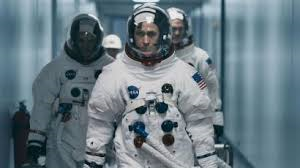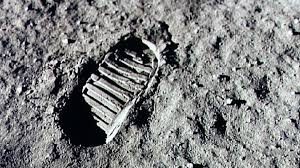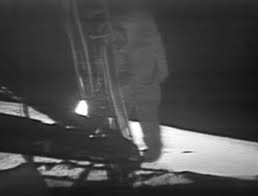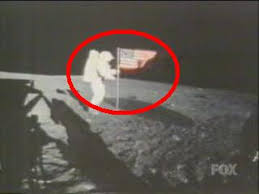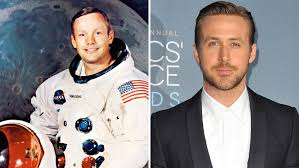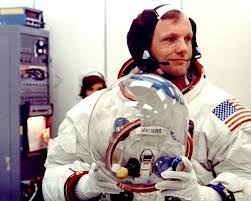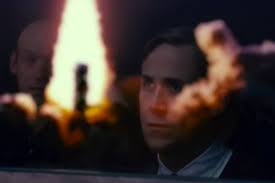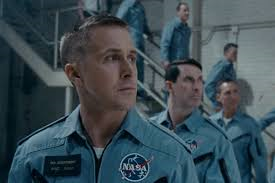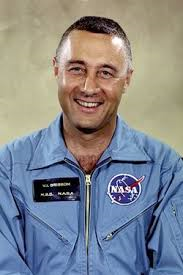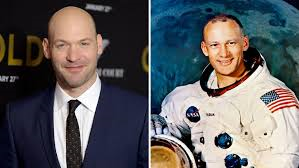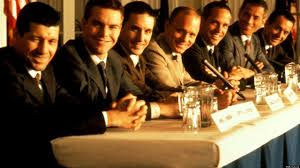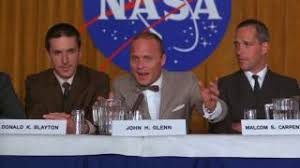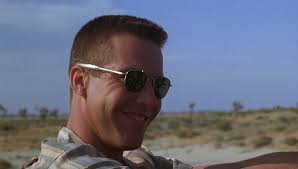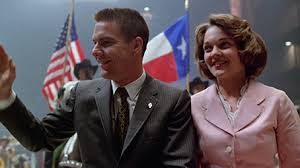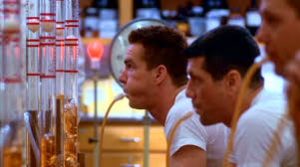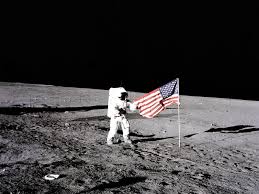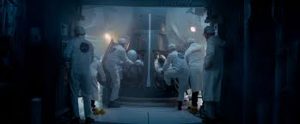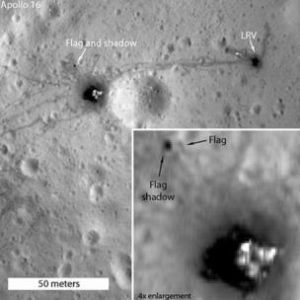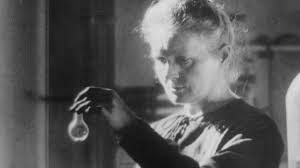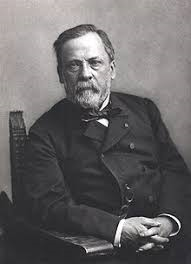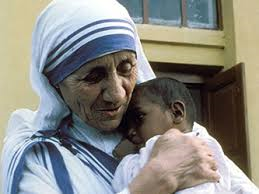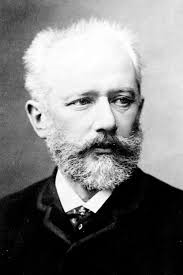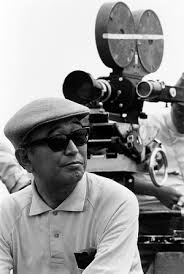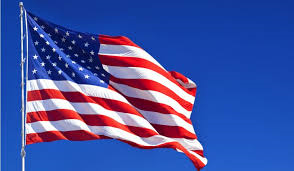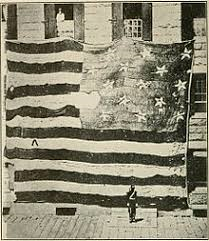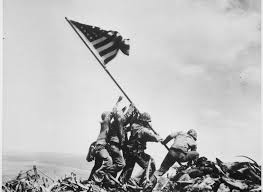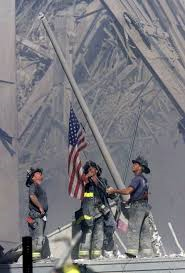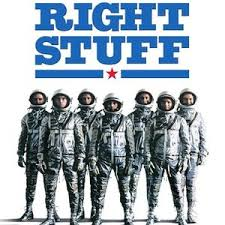I am delighted to present another review by my sister, Wynne, this time co-authored with her friend Mike.
Click on the title to check out Wynne's previous review of another unusual movie, The Florida Project.
SHORT TAKE:
Action adventure based on the fourth of five books from the Millenium series and sequel to The Girl with the Dragon Tattoo.
WHO SHOULD GO:
Older teens and up for violence, sexual content, and language.
AND IF YOU LIKE THESE REVIEWS PLEASE SUBSCRIBE! THEN YOU'LL GET EVERY NEW REVIEW SENT STRAIGHT TO YOUR E-MAIL!!
GO TO THE BOTTOM OF THE LEFT HAND SIDE AND TYPE YOUR E-MAIL IN – IT (SHOULD BE) THAT EASY. ANY PROBLEMS PLEASE SEND ME A COMMENT AND I'LL DO MY BEST TO RESOLVE YOUR ISSUE.
LONG TAKE:
The Girl in the Spider's Web is based on the fourth book in the Millennium series. The first three books were written by Stieg Larrson. After his death the series was continued by David Lagercrantz. The Girl in the Spider’s Web is Lagercrantz’ first installment in the series. This is the second American movie from the series, the first was The Girl with the Dragon Tattoo. The book and the movie follow the same characters but the movie does have a different story line.
Lagercrantz seems to have studied the Larrson books. The characters have perhaps evolved but not changed. Where there is evolution in the characters or relationships, it is natural, as any author might do with characters created in previous books, such as Michael Connelly's detective creation Harry Bosch. Lagercrantz emulates Larrson's complex and intriguing plots quite well.
Three actresses have played Lisbeth Salander, and each brings a slightly different take on the character. 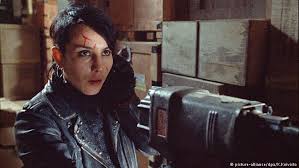 Naomi Rapace starred as Lisbeth in the Swedish production of the first three books: The Girl: With the Dragon Tattoo, Who Played with Fire and Who Kicked the Hornet's Nest, as well as the TV miniseries Millenium.
Naomi Rapace starred as Lisbeth in the Swedish production of the first three books: The Girl: With the Dragon Tattoo, Who Played with Fire and Who Kicked the Hornet's Nest, as well as the TV miniseries Millenium. 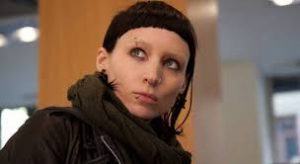 Rooney Mara plays Lisbeth in the Hollywood production of the first book The Girl with the Dragon Tattoo.
Rooney Mara plays Lisbeth in the Hollywood production of the first book The Girl with the Dragon Tattoo. 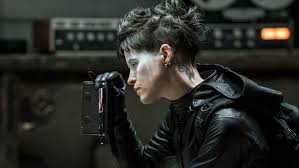 Now Claire Foy takes on the role of Lisbeth in the Hollywood production of the fourth book in the Millennium Series, The Girl in the Spider's Web. We have read four of the books in the Millennium Series. There is a fifth book, An Eye for an Eye, which we have not read yet. All three actresses are similar physically to the Lisbeth in the book: slight in stature, tough, dark figures, who can effectively convey plenty of angst.
Now Claire Foy takes on the role of Lisbeth in the Hollywood production of the fourth book in the Millennium Series, The Girl in the Spider's Web. We have read four of the books in the Millennium Series. There is a fifth book, An Eye for an Eye, which we have not read yet. All three actresses are similar physically to the Lisbeth in the book: slight in stature, tough, dark figures, who can effectively convey plenty of angst.
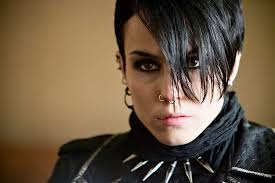 Naomi Rapace, in the 2009 Swedish production of The Girl with the Dragon Tattoo, portrays a more vulnerable Lisbeth, with angst and grit. The movie had thirty-five nominations and eighteen wins from various awards, with Rapace winning BAFTA’s Best Leading Actress award in 2011. Rotten Tomatoes gave the movie 86%. Reviews in Rotten Tomato applauded: "Rapace's gripping performance makes The Girl with the Dragon Tattoo an unforgettable viewing experience" and admired that she was a "haunting, enigmatic Lisbeth".
Naomi Rapace, in the 2009 Swedish production of The Girl with the Dragon Tattoo, portrays a more vulnerable Lisbeth, with angst and grit. The movie had thirty-five nominations and eighteen wins from various awards, with Rapace winning BAFTA’s Best Leading Actress award in 2011. Rotten Tomatoes gave the movie 86%. Reviews in Rotten Tomato applauded: "Rapace's gripping performance makes The Girl with the Dragon Tattoo an unforgettable viewing experience" and admired that she was a "haunting, enigmatic Lisbeth".
 We have not seen the Hollywood version of The Girl with the Dragon Tattoo, so we will rely on reviews. Rooney Mara won an Oscar as Best Actress in 2012. The movie had a total of ninety nominations and twenty-eight wins for various awards. Rotten tomatoes gave the movie an 80%. Reviews in Rotten Tomatoes stated that Mara gave "total role commitment" and a "brilliant, revelatory performance".
We have not seen the Hollywood version of The Girl with the Dragon Tattoo, so we will rely on reviews. Rooney Mara won an Oscar as Best Actress in 2012. The movie had a total of ninety nominations and twenty-eight wins for various awards. Rotten tomatoes gave the movie an 80%. Reviews in Rotten Tomatoes stated that Mara gave "total role commitment" and a "brilliant, revelatory performance".
When a re-boot of the Millennium Series, with The Girl in the Spider's Web, was considered, the Swedish actress, Naomi Rapace, decided to pass. Rooney Mara said she wanted to return as Lisbeth, but the studio decided to go with a different director and cast.
In the latest production, Lisbeth Salander is brilliantly portrayed by Claire Foy of The Crown. Foy has played three different roles in movies that we have seen.  In The Crown she plays The Queen, Elizabeth, as a young woman.
In The Crown she plays The Queen, Elizabeth, as a young woman.  She portrays Neil Armstrong's wife, who supports her husband in his endeavor to be an astronaut in First Man, giving a strong performance depicting the stress of being an astronaut's wife. And now she is Lisbeth Salander.
She portrays Neil Armstrong's wife, who supports her husband in his endeavor to be an astronaut in First Man, giving a strong performance depicting the stress of being an astronaut's wife. And now she is Lisbeth Salander.
SPOILERS

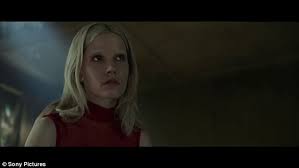 Lisbeth and Camilla Salander are fraternal twin sisters, raised by their father, a Russian crime lord and head of the Spider Society. He physically and psychologically abused them both. Lisbeth wants them both to escape, but Camilla chooses to stay with her father. So Lisbeth escapes alone. The choices made at that moment result in the twin sisters taking different life paths.
Lisbeth and Camilla Salander are fraternal twin sisters, raised by their father, a Russian crime lord and head of the Spider Society. He physically and psychologically abused them both. Lisbeth wants them both to escape, but Camilla chooses to stay with her father. So Lisbeth escapes alone. The choices made at that moment result in the twin sisters taking different life paths. 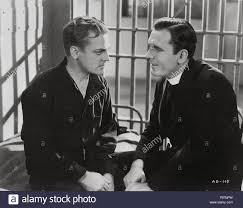 Much like in the old classic Angels With Dirty Faces, the question hangs over both the characters' lives and the movie of: had they both escaped (in Angels, from the police, in Spider, from their abusive father) would their lives have been different?
Much like in the old classic Angels With Dirty Faces, the question hangs over both the characters' lives and the movie of: had they both escaped (in Angels, from the police, in Spider, from their abusive father) would their lives have been different?
In the first book, Lisbeth's first guardian is a kind man. When her first guardian becomes ill, she is turned over to a second guardian who sexually and physically abuses her. As a teen she decides to take matters into her own hands and not be abused any more. With her abilities as a tech genius and computer hacker she becomes a vigilante, taking the law into her own hands. She will stop at nothing to bring justice to the abused and mistreated. She chooses the path of good.
Left alone with a sadistic and abusive father, Camilla evolves into a cold-blooded killer, becoming the head of the Spiders, following in her father's footsteps. The Spiders are a ruthless group that will stop at nothing to get what they want, including murder. She chooses the path of evil.
Camilla did not enjoy the few short years of kindness that Lisbeth had. Did this difference push each into the direction that their lives went? Camilla blames Lisbeth for the years of abuse she underwent with her father and questions why Lisbeth did not rescue her. Camilla cannot understand that the real villain is their father.
The movie's main theme revolves around who can get control of the computer program, Firewall, a program that can access codes for nuclear weapons worldwide. There are four groups in the race. One of the players is Lisbeth working for Frans Balder, 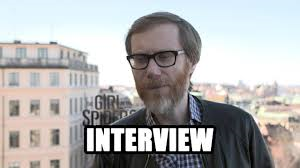 played by Stephen Merchant, (mostly known for his comedy in shows like The Big Bang Theory and the British version of The Office), whose autistic son, August (Christopher Convery), is gifted and sought after by competing interests. Another is Camilla Salander,
played by Stephen Merchant, (mostly known for his comedy in shows like The Big Bang Theory and the British version of The Office), whose autistic son, August (Christopher Convery), is gifted and sought after by competing interests. Another is Camilla Salander,  played by Sylvia Hoeks,
played by Sylvia Hoeks, 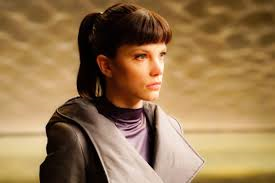 (the evil replicant Luv from Blade Runner 2049) who is hired by the Swedish Security Police (SAPO). Then there is deputy director of SAPO, Gabriella Grane, played by Synnove Macody Lund (previously a model, journalist and film critic). Finally, an American National Security Agent (NSA) programmer and sniper, Ed Needham,
(the evil replicant Luv from Blade Runner 2049) who is hired by the Swedish Security Police (SAPO). Then there is deputy director of SAPO, Gabriella Grane, played by Synnove Macody Lund (previously a model, journalist and film critic). Finally, an American National Security Agent (NSA) programmer and sniper, Ed Needham, 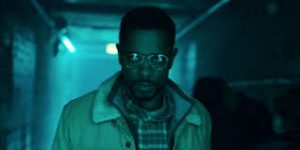 played by Lakeith Stanfield, (appearing in the acclaimed Get Out and recently in Sorry to Bother You) is also in the hunt. All want to obtain Firewall for different reasons.
played by Lakeith Stanfield, (appearing in the acclaimed Get Out and recently in Sorry to Bother You) is also in the hunt. All want to obtain Firewall for different reasons.
Frans Balder wrote the program, then was fired from the NSA. He hires Lisbeth Salander to steal it back. Camilla, the leader of the Spiders, the bad guys, wants control of the program to launch nukes and frame Lisbeth. The Swedish Security Police wants the program because Sweden has not been in a war in recent history and considers itself a neutral country, which will keep the world safe. The American NSA programmer and hacker, Ed Needham, wants the program returned to the United States.
 It would be difficult to compare the book with the movie because they are so different. The characters are the same, Frans is still murdered, and poor August is still the pawn going back and forth between the groups. While the book’s plot has no computer program like Firewall, it does include a chase after government secrets. We liked both the movie and the book. We did think the movie had more action. The book was more mental.
It would be difficult to compare the book with the movie because they are so different. The characters are the same, Frans is still murdered, and poor August is still the pawn going back and forth between the groups. While the book’s plot has no computer program like Firewall, it does include a chase after government secrets. We liked both the movie and the book. We did think the movie had more action. The book was more mental.
August in the book and the movie has two savant talents. One is mathematics and another is drawing. In the book, August’s talent as an artist is used to help find his father's killer. In the movie, his talent as a mathematical genius is the key to cracking the code that will open Firewall. We thought it was interesting that each version highlighted a different talent.
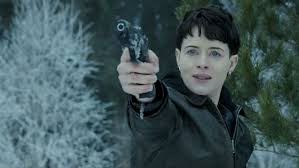 When the two sisters come face to face, toward the end of the movie, Camilla blames Lisbeth for how her life evolved and the years of abuse she endured. She is out for revenge. Lisbeth tearfully replies that Camilla chose to stay with their father. Again, if Camilla had chosen to escape with Lisbeth as children would her life have been different? Would Camilla still be a psychopath? The debate of nature vs. nurture plays out with the two sisters.
When the two sisters come face to face, toward the end of the movie, Camilla blames Lisbeth for how her life evolved and the years of abuse she endured. She is out for revenge. Lisbeth tearfully replies that Camilla chose to stay with their father. Again, if Camilla had chosen to escape with Lisbeth as children would her life have been different? Would Camilla still be a psychopath? The debate of nature vs. nurture plays out with the two sisters.
The movie got a 41% from Rotten Tomatoes. They felt that the movie had an "uninspired story and poor character development," and that the movie turned Lisbeth into a "generic action hero". Rolling Stone noted that Claire Foy was "killer good" as Lisbeth Salander.
 We liked seeing Lisbeth come to life on the big screen, done especially well by Claire Foy. The movie had plenty of special effects – lots of explosions and fires, stabbing people with needles delivering different serums to sedate or blind or kill, and the use of a cattle prod is very popular in the movie. The sequence with the sniper, Ed Needham, shooting the thermal images of men inside the walls of a building shown in 3-D was truly exceptional. There are car chases over beautiful Scandinavian scenery, with dark old buildings giving an eerie affect in contrast. Many special tech devices are used and you wonder if they really do exist somewhere. Lisbeth has an endless supply of devices that can operate just about anything electronically, any of which would inspire envy among the Star Trek crew.
We liked seeing Lisbeth come to life on the big screen, done especially well by Claire Foy. The movie had plenty of special effects – lots of explosions and fires, stabbing people with needles delivering different serums to sedate or blind or kill, and the use of a cattle prod is very popular in the movie. The sequence with the sniper, Ed Needham, shooting the thermal images of men inside the walls of a building shown in 3-D was truly exceptional. There are car chases over beautiful Scandinavian scenery, with dark old buildings giving an eerie affect in contrast. Many special tech devices are used and you wonder if they really do exist somewhere. Lisbeth has an endless supply of devices that can operate just about anything electronically, any of which would inspire envy among the Star Trek crew.
In an interview by Aubrey Page on HUFFPOST done with the director Fede Alvarez, he states, "It's not Lisbeth Salander the assistant or Lisbeth Salander the muse. This time it's Lisbeth Salander the main character that really drives the story".  He wanted to place Lisbeth in the forefront and not as Blomkvist sidekick.
He wanted to place Lisbeth in the forefront and not as Blomkvist sidekick.
Reviews compare the movie to the James Bond series. Except for the massive explosions and techy gadgets, We did not make the connection. The two characters are very different. James Bond is a suave, martini drinking, secret agent, who always ends up with the woman. Lisbeth is a dark, bisexual, tech savvy loner whose only 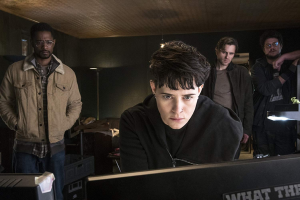 friends are Mikael Blomkvist, a former lover, played by Swedish actor Sverrir Gudnason, and a computer geek, Plague, played by Cameron Britton.
friends are Mikael Blomkvist, a former lover, played by Swedish actor Sverrir Gudnason, and a computer geek, Plague, played by Cameron Britton.
In reviews there is also reference to Lisbeth being portrayed as an action figure. This somewhat trivializes her abilities and makes her appear as a comic book character. Will there be action figures coming out for Christmas? This would be sad because there is a lot more to Lisbeth than that.
Another complaint from reviewers is that Camilla's character is not fleshed out more, that she should be presented as a more interesting and complex character than Lisbeth. But Camilla only even shows up in the second half of the movie. The movie missed an opportunity in this regard. Nor does the movie portray Lisbeth with as much depth as do the books.  We believe the movie was more into action and special effects than character portrayal. But we really enjoy action movies, so this is why we enjoyed both the movie and the book for different reasons.
We believe the movie was more into action and special effects than character portrayal. But we really enjoy action movies, so this is why we enjoyed both the movie and the book for different reasons.
In the book, Camilla did not die at the end. Maybe she didn't in the movie, we only see her step off a cliff and fall through the clouds.
Another reference in reviews is made to the #METOO movement, but remember the book was written in 2015 before #METOO. 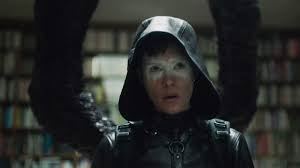 A scene near the beginning of the movie does show Lisbeth has become: "the girl who hurts men who hurt women". But in the rest of the movie she is on a different quest.
A scene near the beginning of the movie does show Lisbeth has become: "the girl who hurts men who hurt women". But in the rest of the movie she is on a different quest.
As we stated earlier, we like the book and we liked the movie. For the movie, you have to turn your brain off a bit and live in her world and just believe she can do all she does. We agree with critics that this is mainly an action movie and characters could have been developed more. But good special effects on the big screens are great fun. Of course, (this is Wynne now) my favorite kind of movie has bad ass dinosaurs creating havoc in the world. But that is not in this movie.
The movie is rated R because of violence, language and sexual content. So, take your older teens to go see this movie but leave the kiddos at home.



